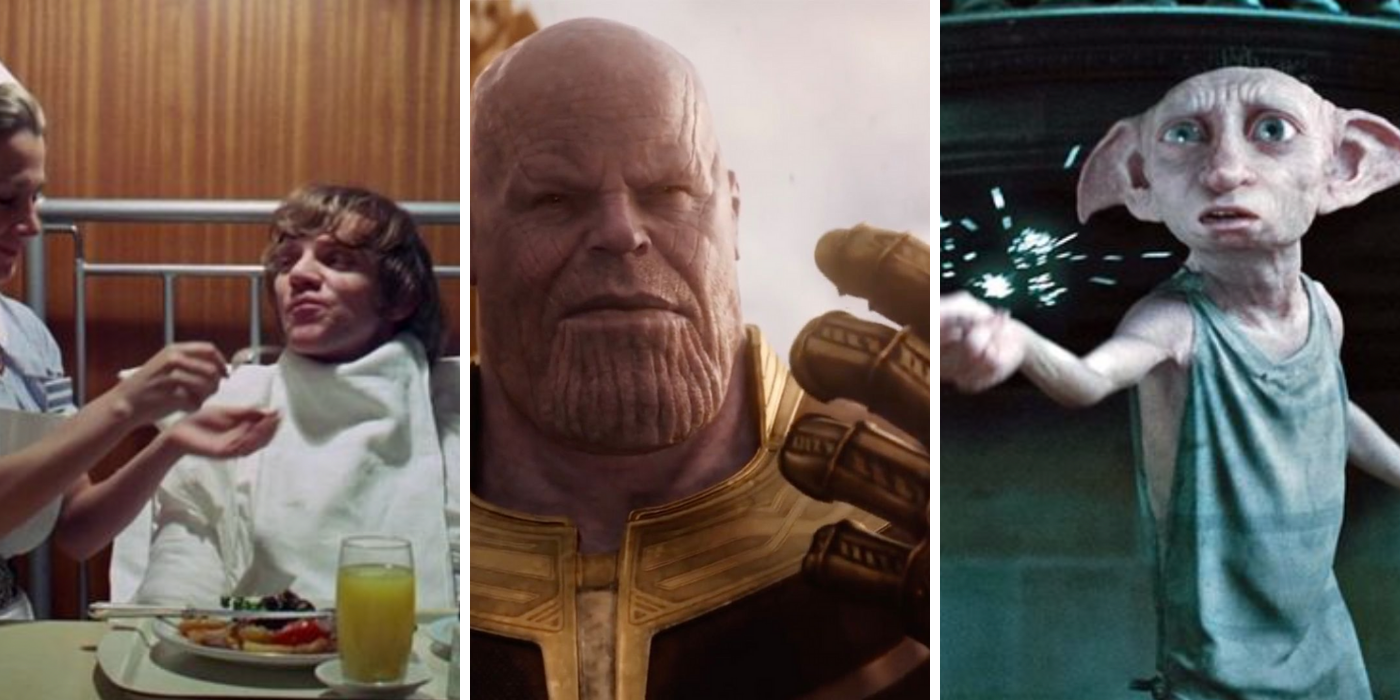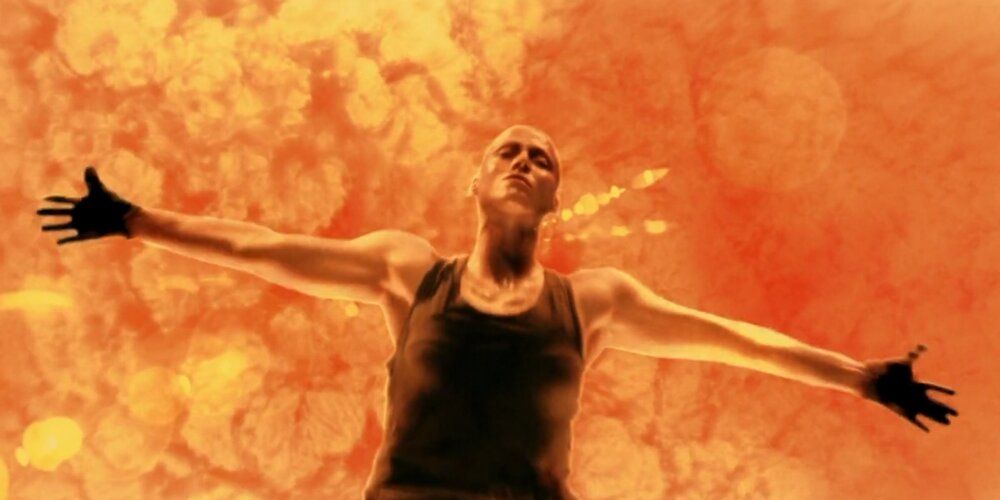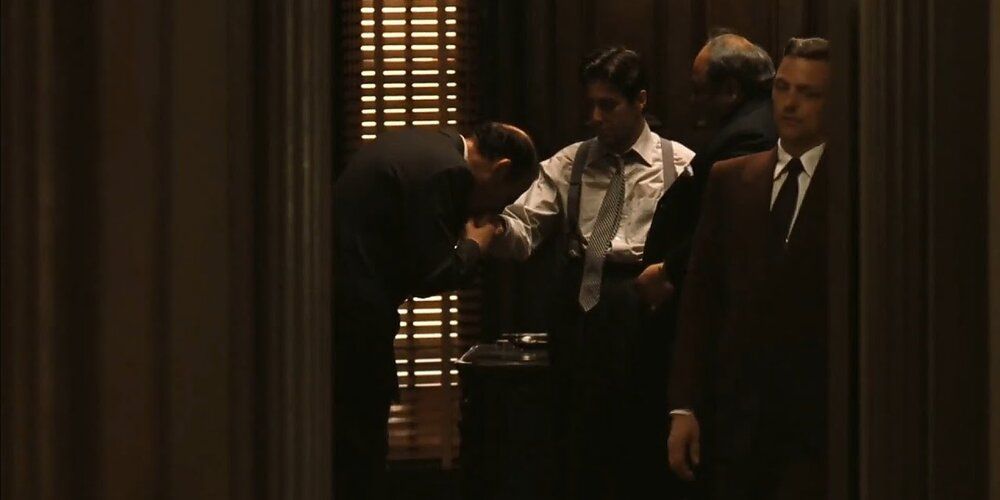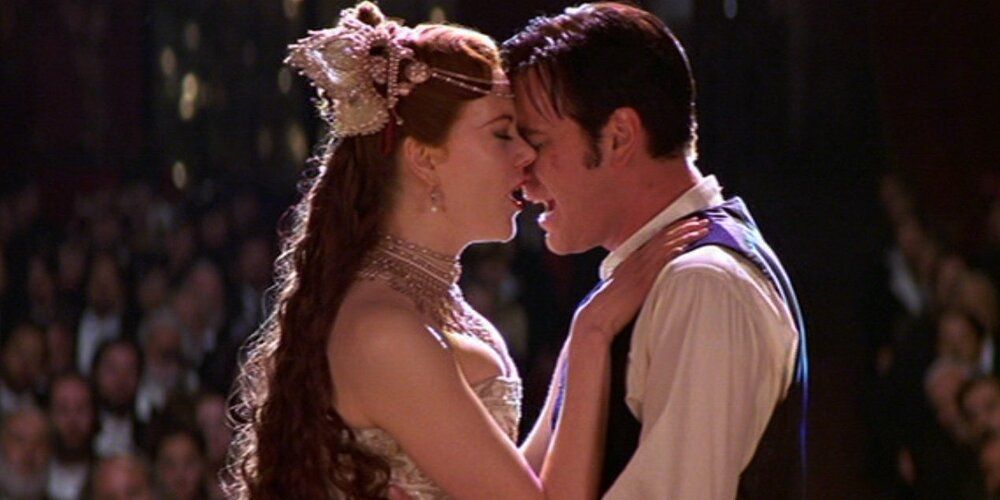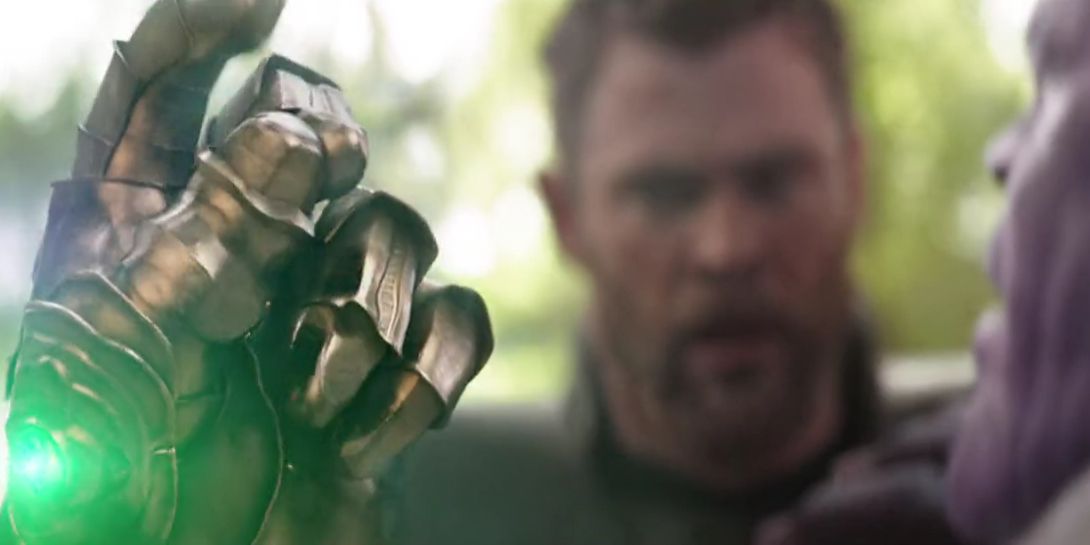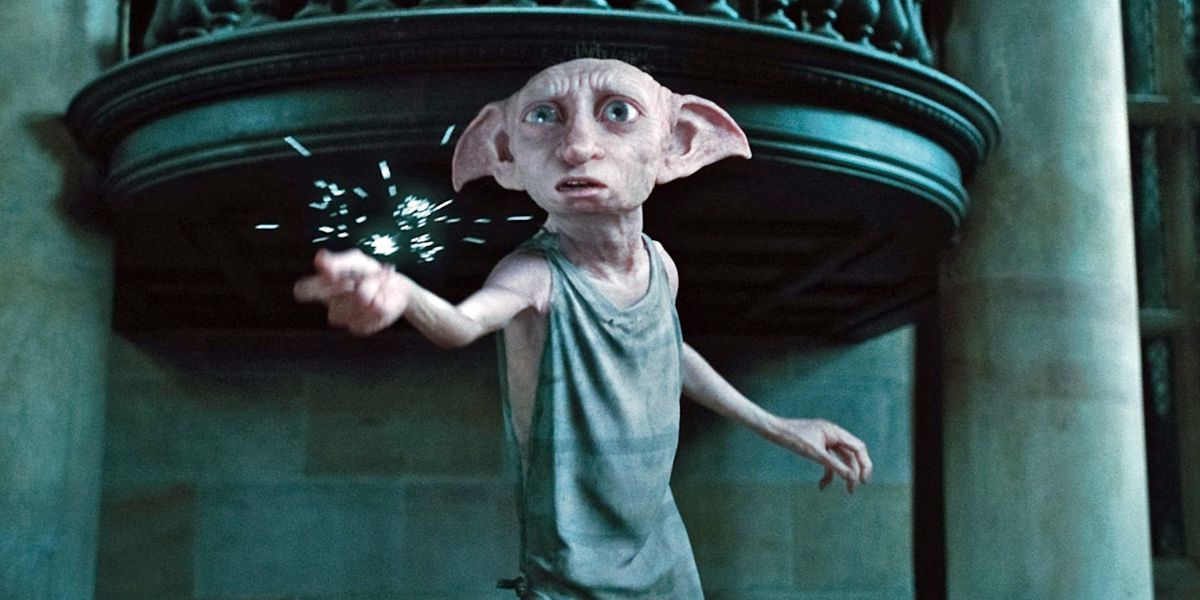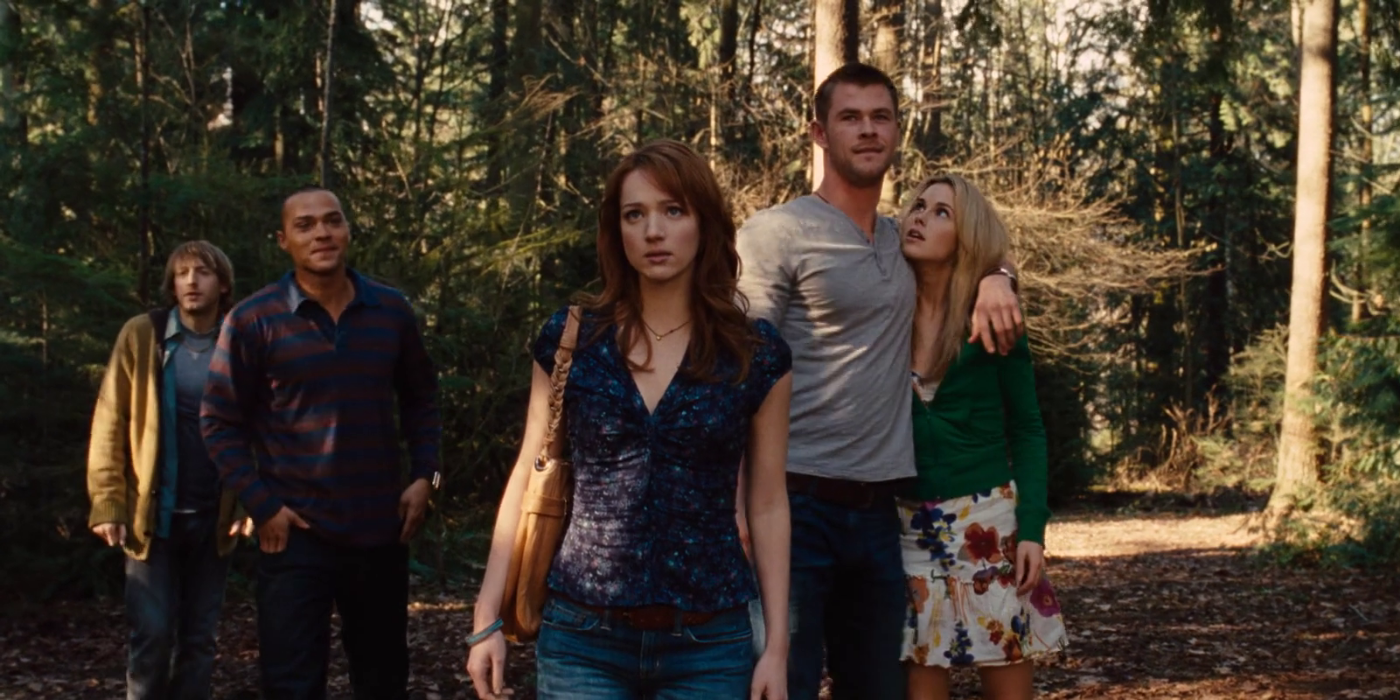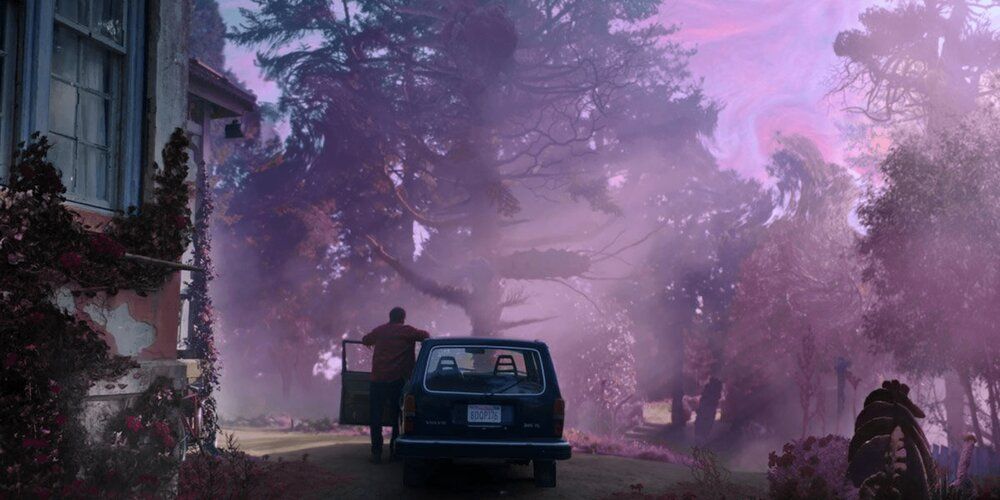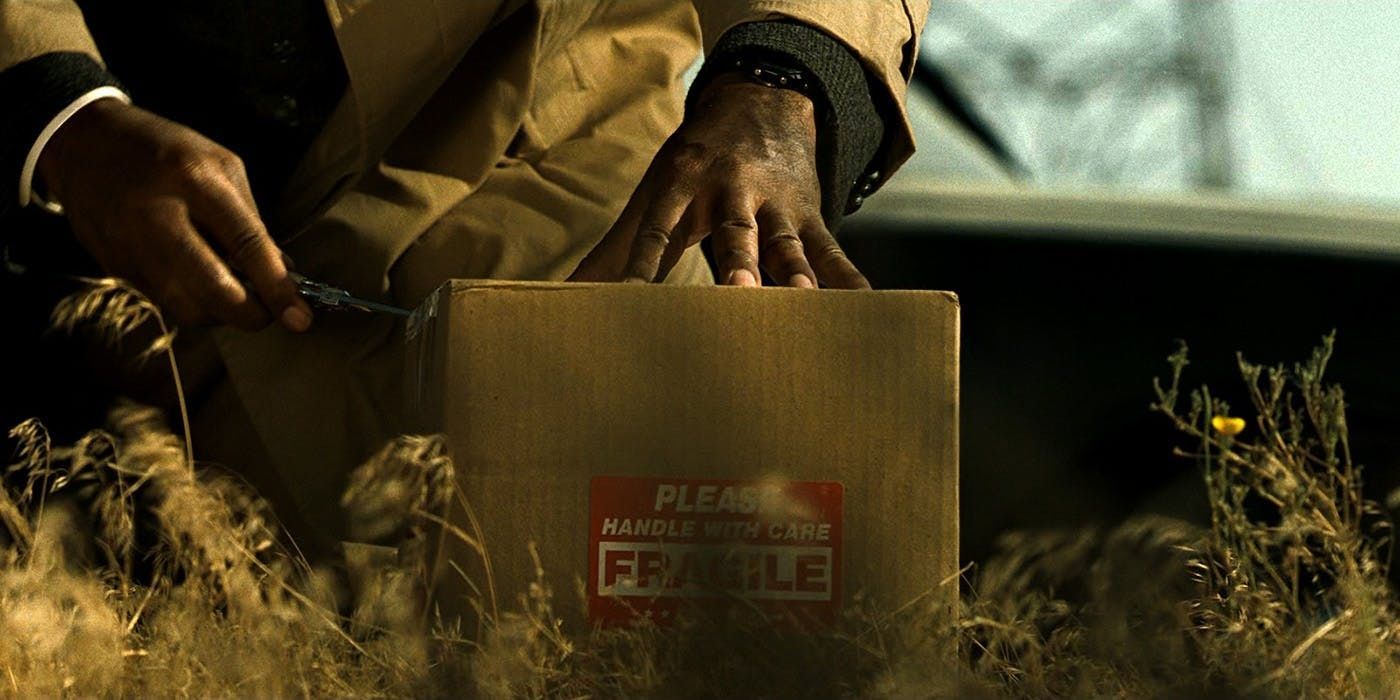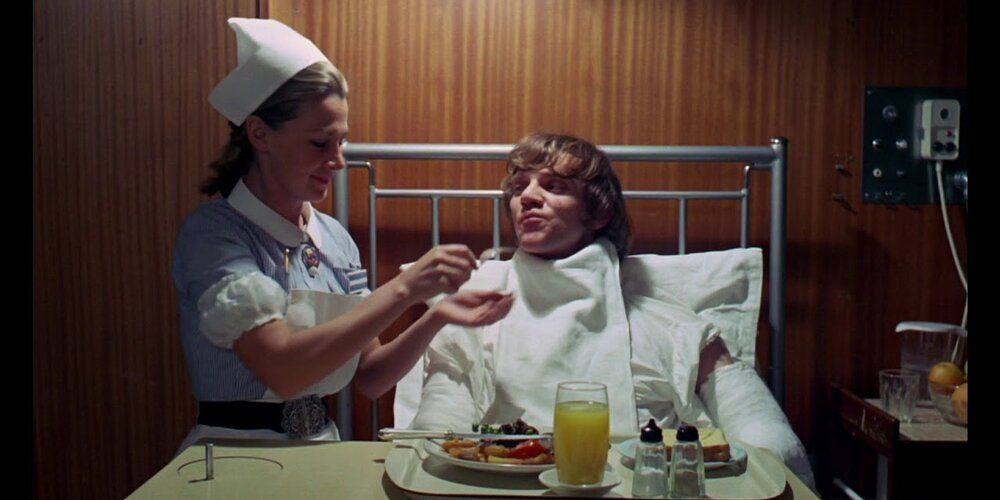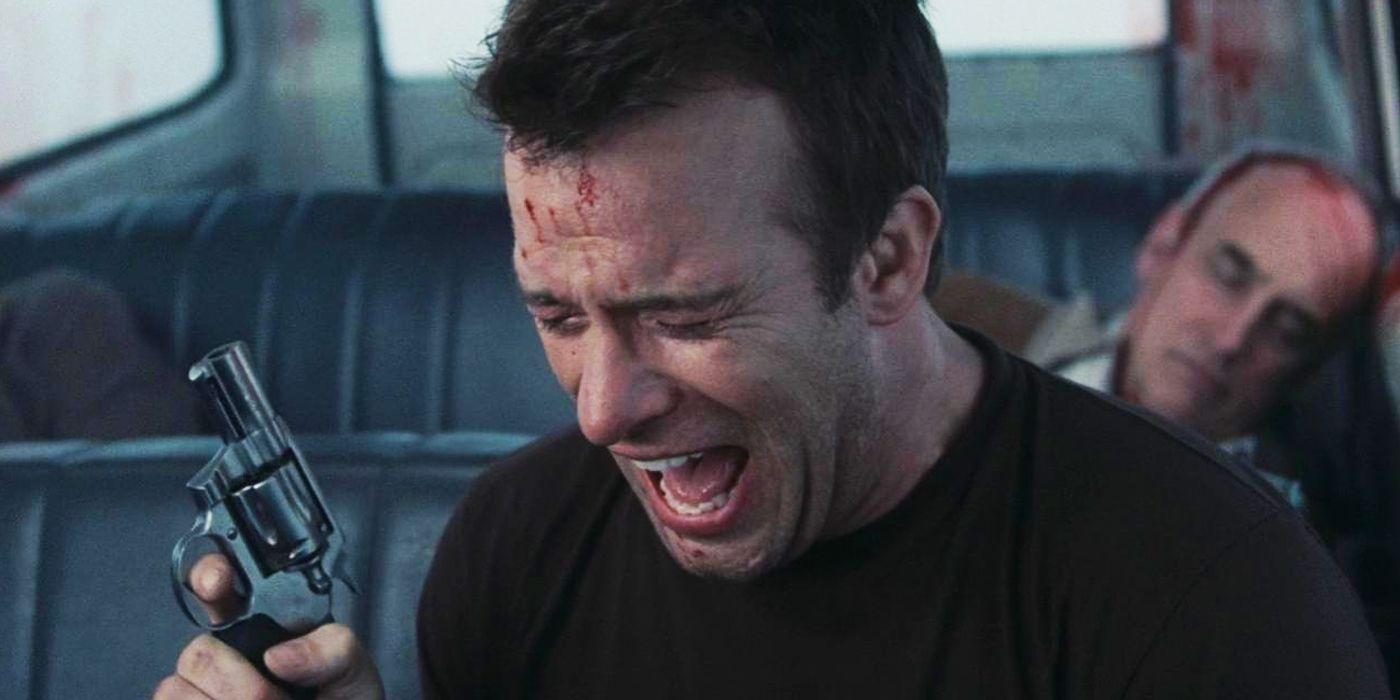A sad ending to a film is a bold creative choice. Often, audiences expect films to end on a note that, while not necessarily a sugar-coated fairy tale ending, is ultimately positive and shows the protagonists succeeding. As a result, when a filmmaker chooses to go the opposite route, and create an ending where the protagonist fails, or the costs far outweigh the gains, it can take audiences by storm and elevate a movie.
However, unhappy endings need to be carefully done. For audiences to feel they are satisfying, they typically need to be well-foreshadowed, in-keeping with the themes of the movie, or poignant enough to promote discussion. Being clumsy or abrupt with an unhappy ending to a film can feel immature, cruel, or gratuitous.
10 Cheap: Alien 3 Has Ripley Getting Infected... At Some Point
Alien 3, while not considered the worst of the Alien franchise, is typically considered an underwhelming follow-up to its two acclaimed predecessors. It attempts to return the series to a story more like that of the original Alien, it has Ripley and other survivors in a deprived prison colony.
Already opening in a way that disappointed many, with all the other survivors from Aliens dead, Alien 3's ending takes a turn when it is revealed that Ripley was impregnated with an Alien Queen embryo, causing Ripley to kill herself. A potentially poignant ending, but one that lacks foreshadowing prior to the reveal of the embryo, and thus feels like a shocking swerve that fails to be meaningful.
9 Well Done: The Godfather Shows Don Corleone's Ascension
The Godfather, the first part of the trilogy, shows the rise of Michael Corleone as 'Don Corleone' and the head of the Mafia crime family, following a vicious gang war between New York's Five Families and his father's eventual death. In its ending, Michael has the Dons of the other families murdered in an all-out assault.
Confronted by Kay, his wife, to whom he promised to make the "family business" legal, Michael denies the killings. However, he is then greeted by the Corleone capos, who are there to pay fealty to 'Don Corleone,' and the last shot is of the door closing on a horrified Kay. It is the natural end of Michael's rise through the family.
8 Cheap: Moulin Rouge Orchestrates A Too-Choreographed Twisting Of The Knife
Moulin Rouge, a beloved Baz Luhrmann musical, tells the story of struggling Bohemian writer Christian, and the actress and prostitute he falls in love with, named Satine. It follows their attempts to pursue a secret relationship while they work on a play, keeping it secret from the Duke of Monroth, who also desires Satine. Throughout, Satine suffers from increasingly severe tuberculosis.
At the climax of the film, Satine succumbs to her tuberculosis, but only after she, Christian, and their theatre troupe have averted an attempted murder from the Duke, allowing her and Christian to have one happy moment before she dies. While foreshadowed throughout, it all feels too contrived to concoct a sad ending.
7 Well Done: Thanos Does Exactly What He Promises
Avengers: Infinity War follows the Avengers and their allies as they try to stop the Mad Titan Thanos from gathering all of the Infinity Stones and wiping out half of all life in the universe. At the climax of the film, he does just that, cutting his way through two separate teams of Avengers to gather the last two Stones, and surviving a last-minute attack from Thor.
This ending stunned fans and became iconic in popular culture quickly. It builds on the constant foreshadowing of Thanos's power and determination, which is paid off, and it also gives the heroes opposing Thanos their own time to shine, ensuring it doesn't depower the heroes or cheat to let Thanos win.
6 Cheap: The Deathly Hallows Part I Brings Dobby Back Just To Die
In the Harry Potter books, Dobby is a recurring character from the second book through to the seventh, who undergoes a character arc where he is given his freedom, and then slowly adjusts to it and bonds with not only Harry, but also his friends. In the movies, Dobby only appears in the second and seventh films, and, like in the books, is killed off during a confrontation at Malfoy Manor.
This confrontation serves as the climax of The Deathly Hallows, Part I, and, coupled with Voldemort obtaining the Elder Wand, is used to wring tragedy. However, denying his character arc from the books and bringing back Dobby as merely a mildly popular character to be killed was seen by many fans as gratuitous.
5 Well Done: The Cabin In The Woods Emphasizes The Protagonist's Choices
The Cabin in the Woods is a deconstruction of the Slasher film genre, where the protagonists are forced to occupy the archetypal roles of such films to carry out a ritual to appease evil gods. By the end of the film, the ritual has failed, and the gods are preparing to destroy the world as the two surviving protagonists watch.
This ending could be too much, but instead, the ending serves to emphasize the agency of the film's main character, Dana. After the ritual strips her of any agency, forcing her to act as the archetypal 'virgin' and 'final girl,' she ultimately reclaims her agency and refuses to kill her friend to save the world.
4 Cheap: Color Out Of Space Has No Reprieve Whatsoever
Color Out of Space (2019) is a film based on the famous H. P. Lovecraft story, where a farmhouse comes under threat from an alien color that warps reality around itself. In the film's denouement, all of the main characters except one are dead, and they were entirely unable to stop the Color. Furthermore, it has likely infected the water supply for miles around.
While a downer ending on this scale suits a Lovecraft story—which deals with entities so far beyond human that they cannot comprehend humanity and humanity cannot stop them—the film changes the Color to be far more malevolent, rather than uncaring. This takes it away from the themes of the original story and merely leaves the ending bleak.
3 Well Done: Se7en Completes Its Motif & Devastates Audiences
Crime drama Se7en follows detectives Mills and Somerset as they attempt to apprehend a serial killer named John Doe, who is killing based on a theme of seven deadly sins. They arrest him after five killings when he unexpectedly surrenders himself, the mystery remains of who the other two victims are, and whose blood Doe is covered in.
Doe manipulates the detectives into following him to a remote spot, where a delivery driver leaves them a box. The two mysteries are resolved, with the blood revealed to come from Mills's wife, whose head is in the box. Mills kills Doe, who claims to represent the sin of Envy, turning Mills into Wrath, and ending the film on a devastating but earned note.
2 Cheap: A Clockwork Orange Completely Undoes The Book's Theme
A Clockwork Orange is considered by many to be a masterpiece of filmmaking, from its story and its cinematography to everything else about it. However, its ending is based on the American version of the book, which omits the final chapter.
In the book, droog Alex recovers from the 'Ludovico technique' of forced classical conditioning he was subjected to, but considers voluntarily abstaining from crime and violence. In the film, Alex similarly recovers, but immediately begins entertaining thoughts of sexual violence once more. While a poignant ending, it suggests that Alex can never regain his moral agency, and will always be controlled.
1 Well Done: The Mist Grounds Viewers In A Horrifying Twist
The climax of Frank Darabont's adaptation of Stephen King's The Mist has the Drayton family lose any hope of survival when their car runs out of gas, leaving them at the mercy of the creatures who inhabit the titular mist. Making the hard decision, father David shoots the other survivors, including his son, in a mercy killing.
Within a minute, the US army arrives, exterminating the beasts and rendering their sacrifice pointless. Acting in a way similar to the ending of Lord of the Flies, with a sudden restoration of order making prior actions seem ridiculous, all David can do is scream at the pointless killing of his loved ones. The ending has since become iconic.

